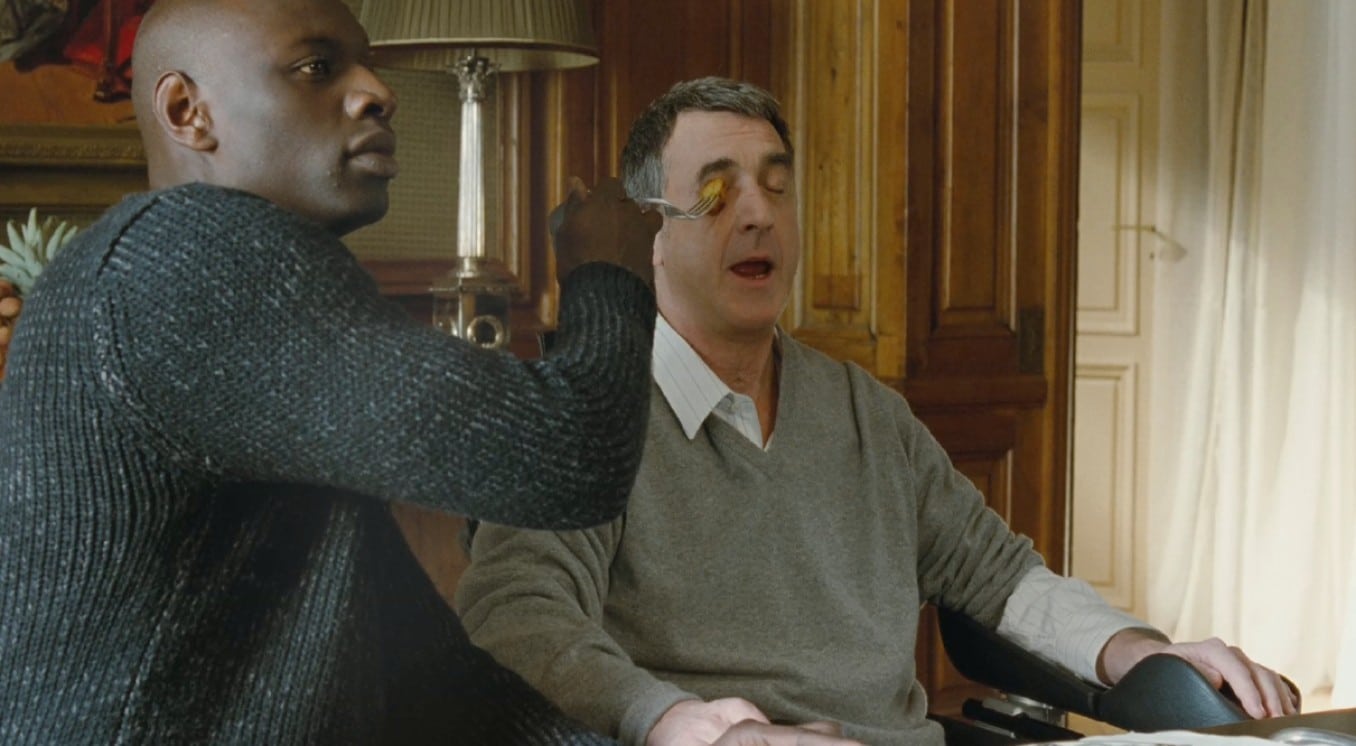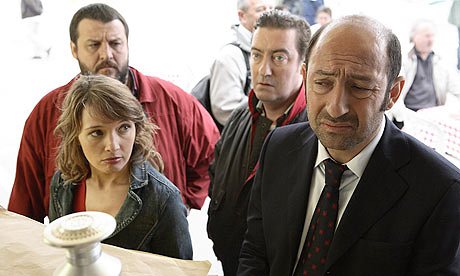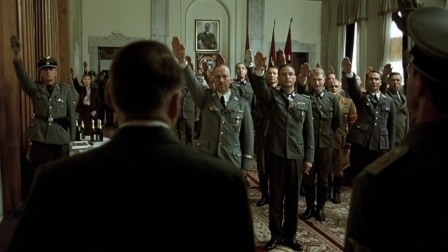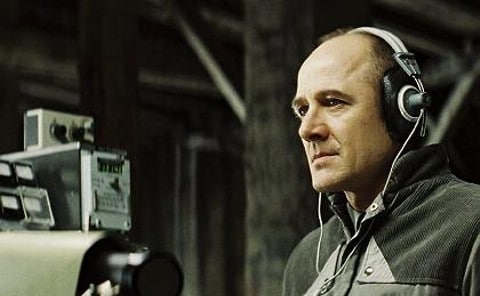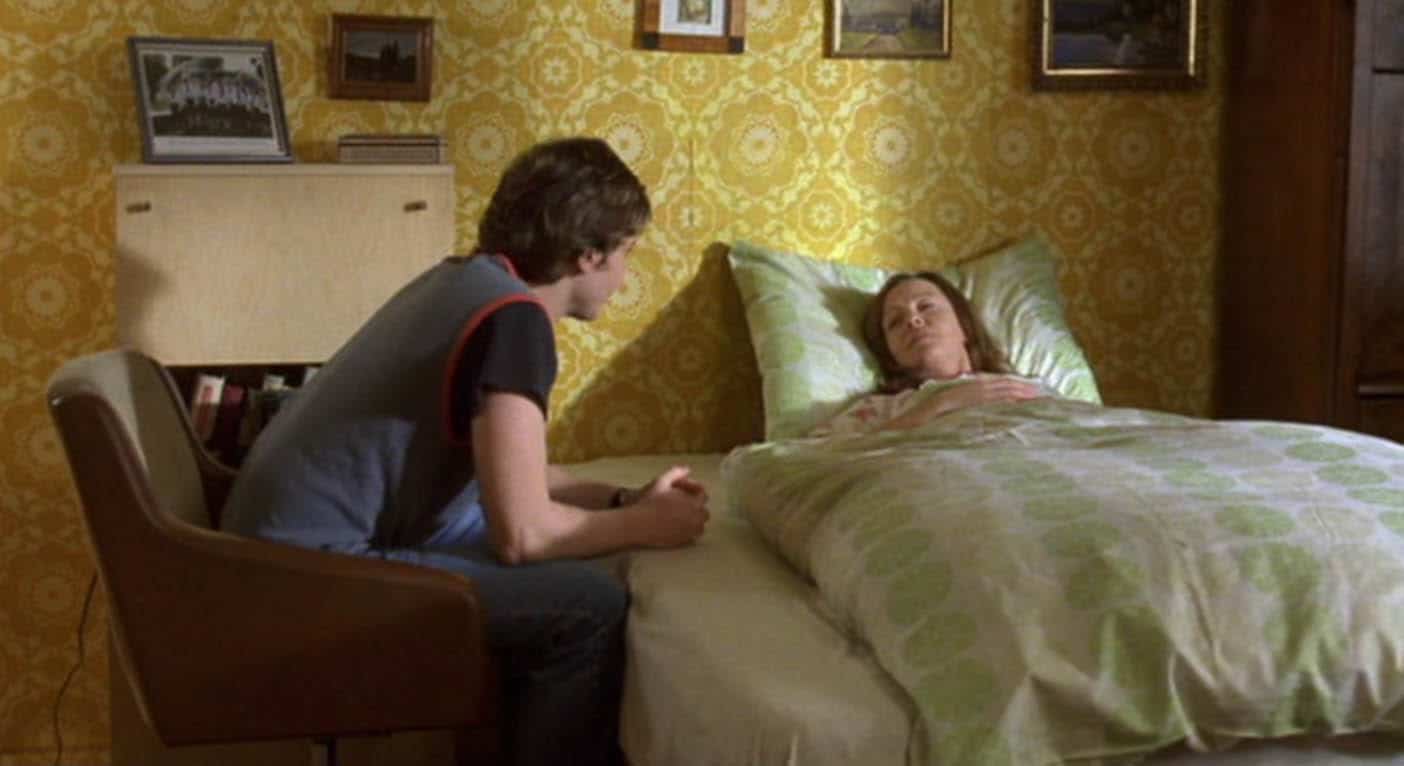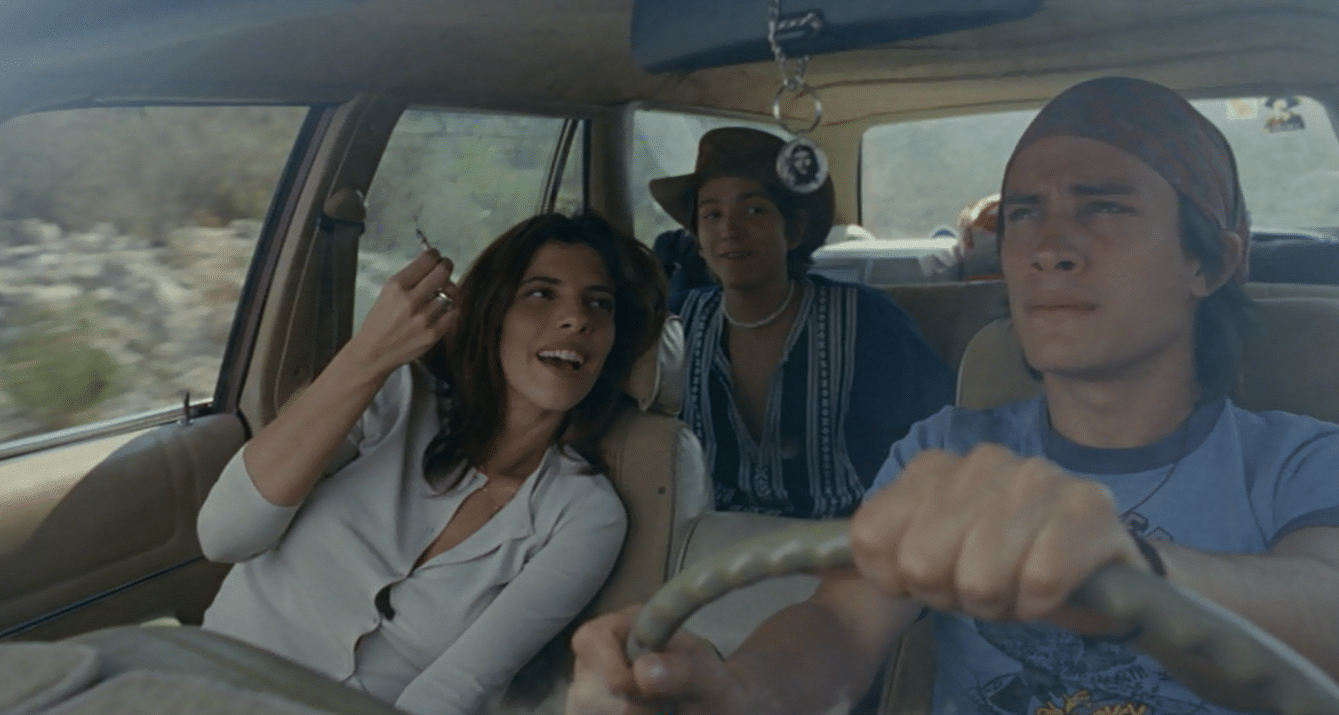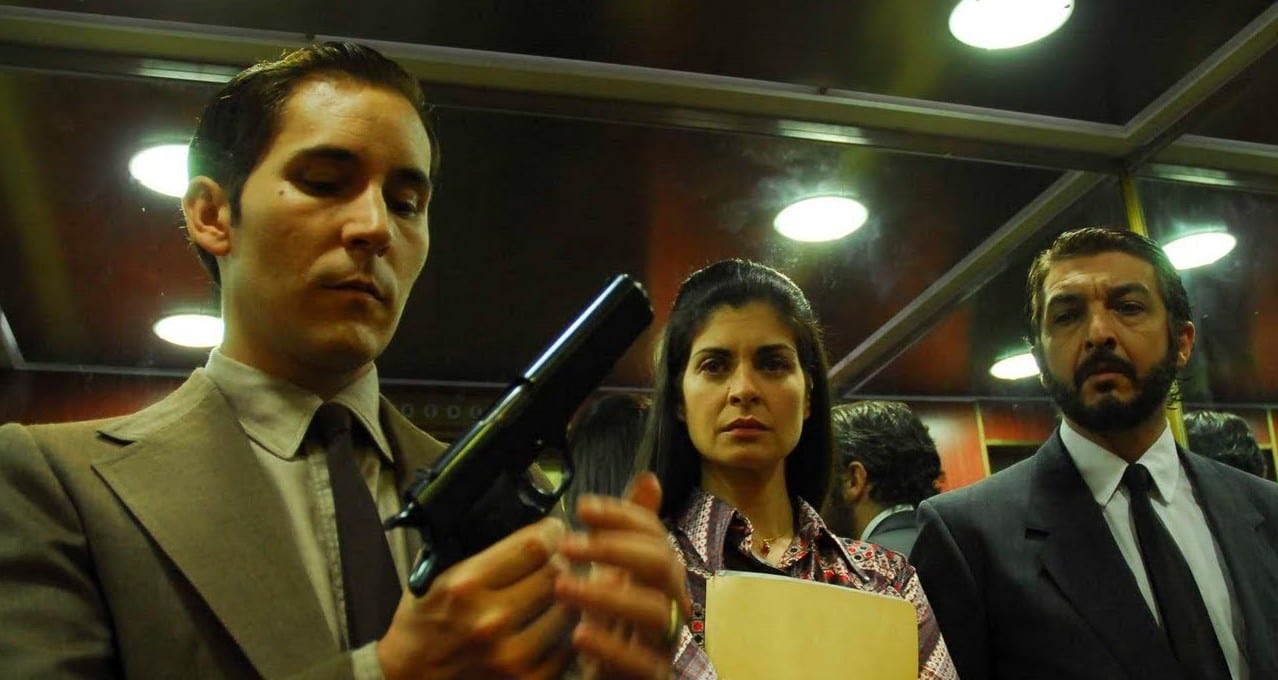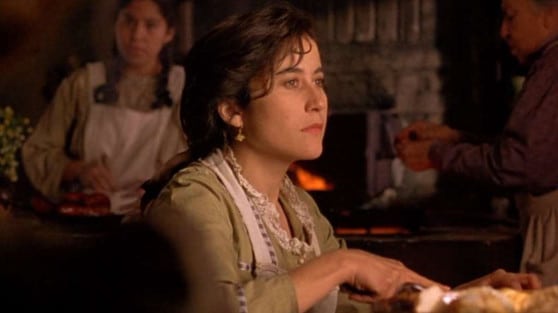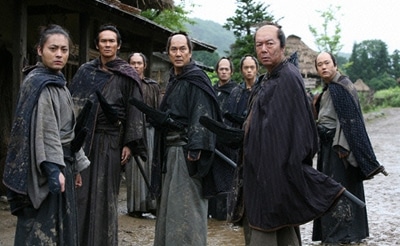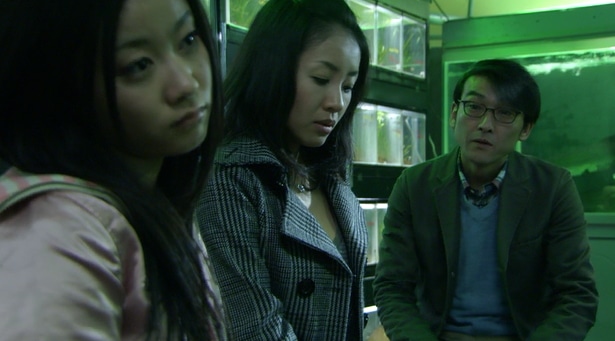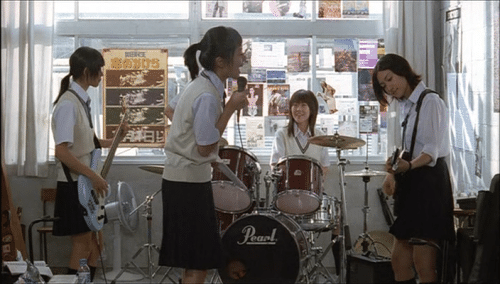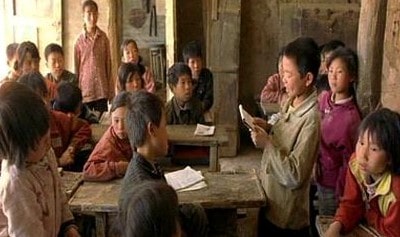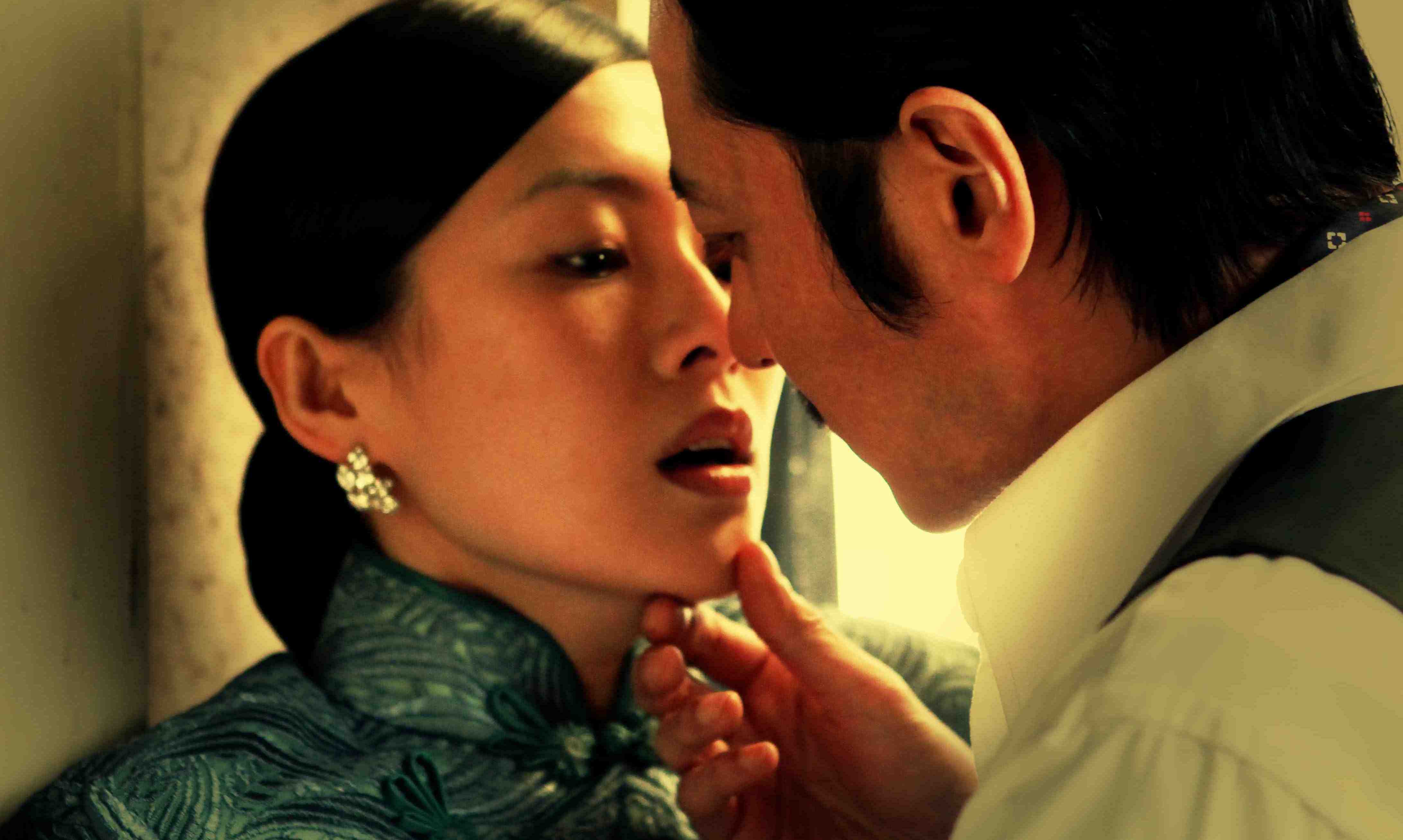
15 Foreign Movies for Language Enthusiasts
Wanna learn a foreign language?
So here’s what you need: Your pajamas, a bowl of steaming popcorn and a couple of sodas.
Yup, we’re talking movies!
You can learn any language faster just by spending some time in front of a screen.
So to couch potatoes and studious studiers alike… read on!
Contents
Download: This blog post is available as a convenient and portable PDF that you can take anywhere. Click here to get a copy. (Download)
The Polyglot and the Couch Potato: How Movies Help in Learning a Language
Movies and TV have gotten a bad rap when it comes to learning a new language, and learning in general.
But I’d be so bold as to tell you that a couch potato has just as good a chance of being a polyglot as the most hardworking learner.
And this is because of one major factor: context.
This is probably the most compelling reason for why movies are effective and efficient teachers of language. It’s also one of the reasons why a list of vocabulary words randomly picked from thin air will never be as easy to memorize as a group of words that are related.
Our brains work best with meaningful context and we find it hard to memorize words that exist in a vacuum. That’s why teachers enrich vocabulary words with example sentences. They seek to give them context.
All-important context is automatically present in movies through engaging plots, funny scenes and unexpected twists. These are all aids for committing stuff to memory.
If you’re an absolute beginner in Spanish, and you see the movie “Y Tu Mamá También” (And Your Mother Too) and you learn the context in which the title line is said… I promise you will never forget what those words mean.
Unforgettable context is what movies have to offer. And when you watch foreign films, you’re that much nearer to transferring meaningful language information into your long-term memory.
15 of the Best Foreign Movies for Popcorn-popping Language Learners
French-language Movies
1. “Entre les murs” (The Class, 2008)
What do you get when you have a well-intentioned but honest teacher and a cocktail of 14-15 year olds who come from racially and culturally diverse backgrounds?
You get electric tension. You get an inherently difficult class boldly questioning its teacher’s methods. And you get a teacher pushed to his ethical limits. This film, winner of the Cannes Festival’s 2008 Palme d’Or, is based on the novel of the same name by François Bégaudeau (who, by the way, plays the role of the teacher himself).
This film is perfect for the French language learner if only for the fact that it features a class studying French. There’s even a scene in which students question the need to study difficult and eccentric French verbs, reasoning that they’re rarely used in modern speech. You may not be a teenager yourself, but you’ll certainly see yourself in this story that touches on the ups and downs of learning something new and out of your comfort zone.
2. “Intouchables” (The Intouchables, 2011)
This movie is about an unlikely friendship between Philippe, an aristocratic quadriplegic, and Driss, his carefree live-in caregiver—a transplant from Senegal.
Philippe is in his Parisian mansion interviewing for the caregiver position with the help of his assistant Magalie. Driss comes in for the interview, not really intent on getting hired, but wanting his papers signed so he can continue collecting his unemployment benefits. One thing leads to another and Driss finds himself hired. The lavish mansion with Renaissance paintings is a far cry from Driss’s family’s petite and bleak apartment.
The film is a linguistic juxtaposition between Philippe, the refined and formal speaker, and Driss, the more vulgar of the two. Notice the interactions between them and the type of vocabulary and accent each character has. Take note also of the words and phrases Driss uses when talking to his family and realize how context can illuminate linguistic content.
3. “Bienvenue chez les Ch’tis” (Welcome to the Sticks, 2008)
Imagine a Frenchman not understanding a fellow Frenchman. Possible?
There’s such a scene in the comedy “Bienvenue chez les Ch’tis.” The film is about a post office administrator in Salon-de-Provence who gets banished to the French North—a place pre-judged by Southerners as being cold, unwelcoming and full of good-for-nothing alcoholics.
In his desire to have a post office assignment in the French Riviera, Philippe tries to scam an HR officer by pretending to be disabled. When he gets caught in this ruse, he gets an armpit of an assignment to the “Siberia” of France instead.
In this movie, you’ll see how geography changes language, idiomatic expressions and even curse words. Yep, even when one doesn’t cross national boundaries. Also, this funny film will help shed your linguistic and cultural biases. It teaches language learners all over that underneath accents and differences in pronunciation, we’re all in the same boat.
German-language Movies
4. “Der Untergang” (Downfall, 2004)
“Der Untergang” chronicles Hitler’s final days of life, telling the final moments of his human struggles. Remember when I told you earlier that one of the advantages of movies is that they create memorable context to words and phrases that ultimately aid memory? This film is one of the most memorable there is. And all for the most gruesome reasons.
It depicts death, destruction and destiny—as well as betrayal, bombs and bunkers. The movie is emotionally engaging, triggering all sorts of reactions from anger to exuberance, which is one of the reasons why it’s very good for the German language learner. And because you already know what’s about to happen, you tend to focus more on the language—which, by the way, has a robust sprinkling of German verbs.
5. “Das Leben der Anderen” (The Lives of Others, 2006)
This movie won the Best Foreign Language Film at the 2006 Academy Awards.
It tells the story of an East Berlin Stasi (secret police) agent conducting surveillance activities on a playwright and his actress lover. The agent, Hauptmann Gerd Wiesler, obsessed with his subject’s lives, chronicles their comings and goings. He’s too involved to notice that he isn’t just some passive observer listening to the conversations of others but an active participant in their lives.
Beyond the plot twists and touching ending, I want you to see this movie as an example of one of the most important skills in learning a new language: listening.
It’s the most taken-for-granted linguistic skill, and I want you to not make the mistake so many others have of ignoring it: See how Wiesler actively listens to conversations. See how he closely grasps not just for the words, but for intent and context. This is listening beyond words. It’s listening for comprehension. It’s not far off from achieving language immersion.
This is the level of listening required of a language learner. Without it, becoming fluent in a new language will be a needlessly uphill battle.
6. “Good Bye Lenin!” (2003)
Imagine you’re Alex Kerner, an idealistic teen whose arrest by the Berlin police put your mother into a coma. When she eventually wakes up after eight months, the world is a whole lot different. “The wall” has come down and the world your mother loved is no more.
You’ve been warned by the doctor that the slightest agitation of her emotions could cause her death. Would you tell her Berlin is not the same as before?
Alex chooses to recreate the past world in his mother’s room. Maintaining this ruse is what makes this tragicomedy a hit and a fresh approach to German history.
How long will the facade last? Watch to find out.
Now, imagine yourself being in the role of Alex’s mother. Consider how being open-minded and going with the flow will not only save your life but enrich your existence. While the film features the Western world marching towards East Germany—stuffing grocery aisles with Western brands and filling billboards with Coca-Cola advertisements—in reality, the flow goes both ways. We influence just as much as we get influenced.
Today, our global village has made it necessary for us not just to learn new languages, but to adapt to a whole new way of looking at things.
In the near future, only those who adapt will truly flourish. So why don’t you start learning (a new language) now?
Spanish-language Movies
7. “Y Tu Mamá También” (And Your Mother Too, 2001)
This is a coming-of-age road trip movie depicting friendship, sensuality and the follies of youth. Julio and Tenoch are on a long drive with an older lady named Luisa. They are supposedly going to “Boca del Cielo” (Heaven’s Mouth), a beach they mention to persuade Luisa to come with them.
Along the way, youth happens.
The conversations between the three are casual, effusive, oftentimes funny and many times unbelievable. Although a little intoxicated, the dialogues are tight and the writing superb. The interactions in the film are indicative of the banter, the to-and-fro amongst friends, and this makes for excellent study for the Spanish language learner. If you want to converse fluently in Spanish, let movies like this be your guide.
8. “El secreto de sus ojos” (The Secret in Their Eyes, 2009)
This film, a crime thriller, won the Oscar for Best Foreign Language Film.
A newly-retired federal agent, Benjamín Espósito (Ricardo Darín), has a lot of time on his hands. He decides to write a novel about the murder of a young woman. Except the case is real. It’s 25 years old and one of the unsolved mysteries of his professional career, something he seeks to obtain closure from.
But as it turns out, closure is hard to find, and it may come in a form one could never expect.
The whole film is really an insight into what “immersion” is all about. Ricardo Darín’s character is totally immersed in his case. He’s so tuned into it that it occupies a great slice of his waking hours. Solving it is a daily practice with effort put in. He consciously follows leads, goes places, talks to people, imagines scenarios, makes mistakes, pays for those mistakes and tries again.
In a way, isn’t that also what “language immersion” should be about? It’s about being tuned in, putting one’s head underwater and really immersing in the language—practicing the lines aloud, writing the sentences, talking to others, asking people questions, asking for their help, even talking to yourself.
In the end, we language learners, like Darín’s character, will all find our soul’s satisfaction.
9. “Como agua para chocolate” (Like Water for Chocolate, 1992)
When you forbid true love’s expression, you have a classic movie in the making. You also have that love expressing itself in ways special and magical.
This film is an onscreen adaptation of the popular work by the Mexican novelist Laura Esquivel. It tells the magical realism love story of Tita and Pedro. They’re forbidden to marry because Tita, the youngest of the siblings, is relegated to the duty of caring for her mother. Pedro is instead given the hand of Rosaura, the elder daughter. Pedro agrees to this, just so he can stay close to Tita.
A setup like this? You can expect the simmering tension to come to a boil—which it does, in a fantastic fashion.
Remember what I said about context? “Como agua para chocolate” is a rich source of Spanish vocabulary, full of word families that pertain to food, tradition, family, history and, of course, love. You can milk this movie for the wealth of Spanish nouns, verbs and adjectives in its lines and dialogues. Also, if you wanna peek at a dated kind of Mexican Spanish that existed at the turn of the century, this will be a good sampling.
Japanese-language Movies
10. “十三人の刺客” (13 Assassins, 2010)
12 samurais and one scavenger are tasked with putting an end to the evil reign of Lord Matsudaira Naritsugu, the shogun’s half-brother, who tortures and kills his own people. The hired band of warriors set a nice trap for the evil lord and around 70 of his fiercely loyal bodyguards. Unfortunately, the plot is discovered, the 13 assassins find themselves being ambushed and they narrowly escape. And to make matters worse, they find out that the contingent they’re now facing has ballooned to some 200 well-trained guards, making the suicide mission that much more impossible.
Besides the traditional dress, symbolism and general carnage splattered all over the screen, there are really crisp dialogues in this movie for language learners. The lines are simple and perfect for the beginner-to-intermediate student of the Japanese language.
See this movie and learn not only to love samurai honor, but a good dose of Japanese as well.
11. “冷たい熱帯魚” (Cold Fish, 2010)
“All that glitters is not gold.”
I dare not spoil this one for you so that’s all I’m gonna say about this psychological thriller inspired by true events. That, and perhaps a warning that this is not a film for the faint-hearted.
For the language learner, this is another film with really simple Japanese dialogues but with more contemporary speech than the previous film. The language has that natural cadence that’s occasionally peppered with the starts and stops of normal Japanese conversation. This movie is a good study on how language, tone and gesture create a character. (In this case, a very bad character.)
12. “Linda Linda Linda” (2005)
Three high school girls only have three days before their school’s cultural festival and they have no vocalist in sight!
What would you do?
Well, these ladies ask the first girl they see coming down the stairs—who happens to be a Korean exchange student who’s really not fluent in Japanese. They ask her if she wants to sing for their band, and she blankly says “yes,” responding affirmatively to every question and not really knowing what she’s getting herself into.
This movie is one of friendship and bonds, showing that under the skin and beyond inscrutable accents, we’re all the same. We fall in love, get hurt and stand back up. There’s even a cute scene where a high school boy professes his love for Son, the Korean exchange student, by learning lines in Korean (he has a cheat sheet!).
The film is perfect for the language learner who’s afraid to get into embarrassing or compromising situations. It will nudge you to jump in, risk being embarrassed and feel like a fish out of water by showing you that in the end, everything will be alright.
Chinese-language Movies
13. “一个都不能少” (Not One Less, 1999)
This one is set to tug on your heartstrings.
Wei Minzhi is a 13-year-old teacher who comes to Shuiquan to substitute for the village’s only teacher, who’ll be gone for a whole month. Wei, who has the most rudimentary education, is instructed to ration chalk because the village is so poor it cannot afford to waste it. She’s also warned that students have been dropping out of school as of late in order to find work in the cities. She’s told that if all 28 of her wards remain when the teacher comes back, she will get a 10 yuan (about $1.50) bonus.
Guess what happens?
One of her students suddenly goes missing—supposedly to work in a nearby city. Wei is motivated to go after the boy and get him back to class. But because she doesn’t have enough money for the bus ride, she has to walk most of the way.
She reaches the city, but how will she find him in a city of so many people? Will she be able to get him back?
Find out by watching this film that won the Venice Film Festival’s Golden Lion Award.
The movie features young native speakers learning their first language. Second language learners could do well to remind themselves that even native speakers attend classes. Even they learn one day at a time. Even they walk up to the board to practice their mother tongue. We need to remind ourselves this so that when we come across fluent native speakers, we’ll remember the amount of time and practice they invested to get to that point and be inspired by our own possibilities.
14. “危險關係” (Dangerous Liaisons, 2012)
You’ve probably guessed that this is the Chinese adaptation of Pierre Choderlos de Laclos’ novel of the same name. It’s “Cruel Intentions” but with Zhang Ziyi in the role of the immaculate victim.
Set in 1930s Shanghai, as the Japanese were making incursions into Manchuria, “Dangerous Liaisons” is about the wager between Mo Jieyu and serial seducer Xie Yifan. Can the great Xie Yifan seduce a young widow from Manchuria (Zhang Ziyi) without falling in love with her?
Ego and desire gets the better of the man (as it always does) and he agrees to seduce for sport, not knowing that the object of his seductions is, unlike any other, immune to his charms. Xie Yifan, on the other hand, is falling for the virtuous widow—something he only admits when it’s tragically too late.
Although set in the mesmerizing 1930s, the language used is surprisingly very contemporary. You’ll not be treated at all to heavy doses of dated Chinese expressions in this movie. “Dangerous Liaisons” features easy language and dialogues that might as well be spoken in today’s China. This movie is time well spent for the Chinese language learner.
15. “明天记得爱上我” (Will You Still Love Me Tomorrow?, 2013)
Our last movie is a dramedy about a man, married for nine years, experiencing a midlife crisis.
Weichung, played by the singer-actor Richie Jen, is an optometrist who lives a quiet and laidback life with wife Feng (Mavis Fan). One day at work, during a glasses fitting, he stares into the soulful eyes of a handsome flight attendant. It stirs long-repressed yearnings he has yet to come to terms with. And all this while his beautiful wife is wanting to have another baby.
How will a father deal? Will his self-denial finally come to an end? Find out.
This film is perfect for the Chinese language learner because most of the characters enunciate their lines relatively well. The dialogues are clearly delivered and the conversations are eminently audible. This is because the pace of speaking is just right. It’s just right so that the subtitle-reading, Chinese-learning viewer will still be able to follow and make out what’s being said.
That rounds out our 15 best foreign movies for the language learner.
I’m sure you can add to this list on your own. No matter what language you’re learning, I encourage you to open your eyes, ears and mind to foreign movies.
They’ll take you places and offer you insights, perspectives and language you most definitely won’t get through a language textbook.
With the language program FluentU, you can make this incredibly beneficial type of active study the mainstay of your language learning.
With FluentU, you hear languages in real-world contexts—the way that native speakers actually use them. Just a quick look will give you an idea of the variety of FluentU videos on offer:
FluentU really takes the grunt work out of learning languages, leaving you with nothing but engaging, effective and efficient learning. It’s already hand-picked the best videos for you and organized them by level and topic. All you have to do is choose any video that strikes your fancy to get started!
Each word in the interactive captions comes with a definition, audio, image, example sentences and more.
Access a complete interactive transcript of every video under the Dialogue tab, and easily review words and phrases from the video under Vocab.
You can use FluentU’s unique adaptive quizzes to learn the vocabulary and phrases from the video through fun questions and exercises. Just swipe left or right to see more examples of the word you're studying.
The program even keeps track of what you’re learning and tells you exactly when it’s time for review, giving you a 100% personalized experience.
Start using the FluentU website on your computer or tablet or, better yet, download the FluentU app from the iTunes or Google Play store. Click here to take advantage of our current sale! (Expires at the end of this month.)


So get those pajamas and snacks ready!
Learning begins in 5…4…3…2…1 (cue studio intro).
Download: This blog post is available as a convenient and portable PDF that you can take anywhere. Click here to get a copy. (Download)

